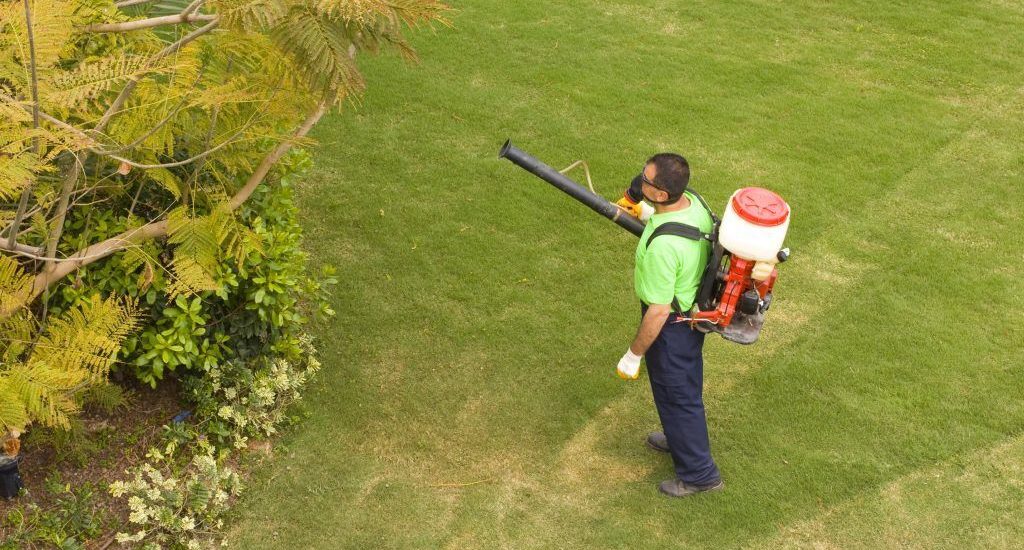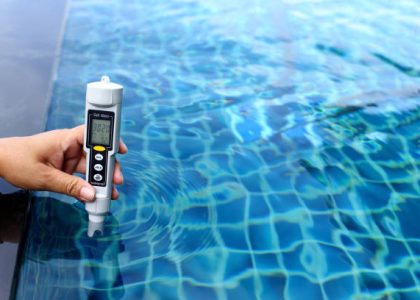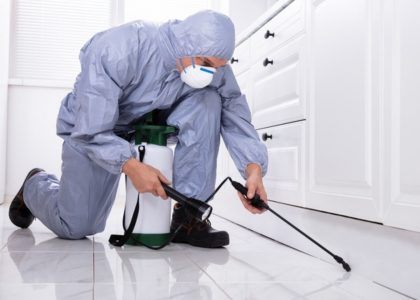Pest control is a necessary aspect of maintaining a healthy and safe environment, whether it be in residential homes, commercial buildings, or agricultural settings. Traditionally, pest control methods have relied on the use of chemical pesticides to eliminate unwanted pests such as insects, rodents, and other animals. While effective in the short term, these conventional methods can have negative impacts on human health and the environment over time.
In recent years, there has been a shift towards more innovative and sustainable approaches to pest control that aim to break away from the mold of traditional methods. These new approaches focus on using natural and non-toxic solutions to manage pest populations while minimizing harm to humans and the ecosystem.
One such innovative approach is integrated Alternative Pest Management (IPM), which involves using a combination of techniques to effectively control pests without relying solely on chemical pesticides. IPM strategies may include biological controls such as introducing natural predators or parasites that target specific pests, cultural practices like crop rotation or planting resistant varieties, mechanical controls such as traps or barriers, and monitoring techniques to track pest populations and assess the effectiveness of interventions.
Another emerging trend in pest control is the use of pheromones and other attractants to disrupt mating behaviors and reduce insect populations. By strategically placing pheromone traps in affected areas, pests can be lured away from crops or buildings where they cause damage without resorting to toxic chemicals.
Furthermore, advances in technology have led to the development of electronic devices that emit ultrasonic frequencies or electromagnetic pulses to repel pests like rodents or insects. These devices offer a non-invasive alternative to traditional extermination methods while still effectively deterring unwanted intruders.
Additionally, some companies are exploring the use of drones equipped with thermal imaging cameras for aerial surveillance of agricultural fields to detect pest infestations early on. This allows farmers to target specific areas for treatment rather than applying broad-spectrum pesticides across entire fields.
Overall, breaking the mold in pest control means moving away from reliance on harmful chemicals towards more sustainable and environmentally friendly solutions. By embracing innovative approaches like IPM strategies, biological controls, attractants, electronic repellents, and drone technology we can effectively manage pest populations while protecting human health and safeguarding our ecosystems for future generations.
As awareness grows about the potential risks associated with conventional pesticide use, it is crucial for individuals and industries alike to adopt these innovative approaches in order to create a healthier balance between managing pests effectively while minimizing harm to ourselves and our environment. Only by breaking free from old habits can we truly pave the way for a more sustainable future in pest control.
Alternative Pest Management
649 N Oak Ct, Derby, KS, 67037
(316) 788-6225






